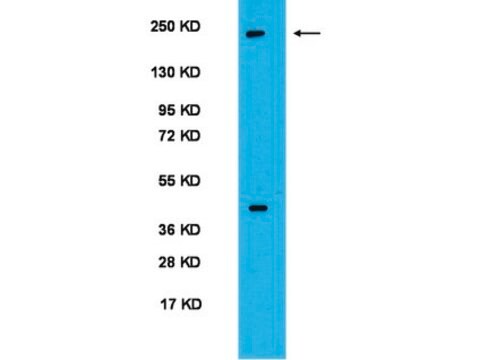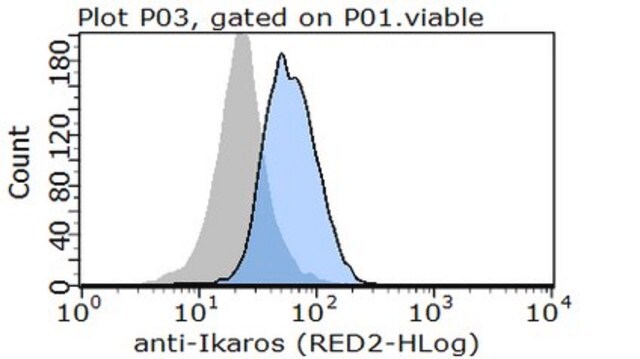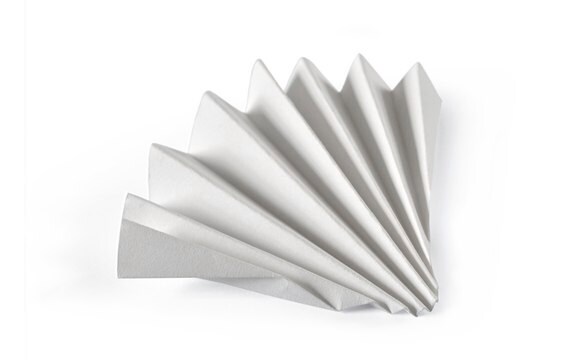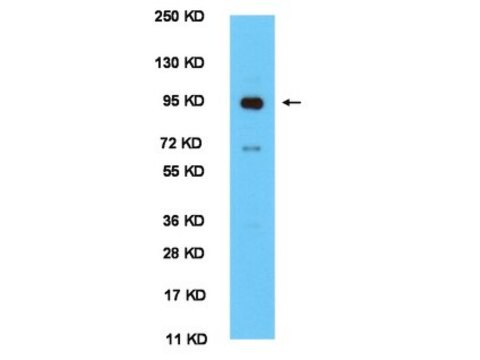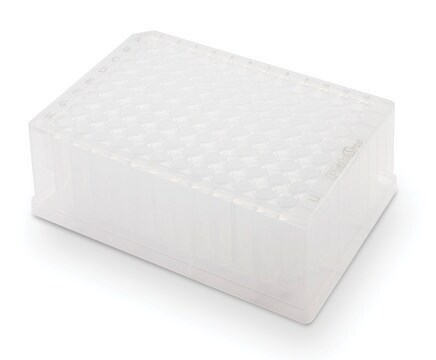AB2201
Anti-mPER1 (residues 6-21) Antibody
serum, from rabbit
Sinónimos:
Circadian clock protein PERIOD 1, Circadian pacemaker protein Rigui, Period, drosophila, homolog of period 1, period (Drosophila) homolog 1, period homolog 1 (Drosophila)
About This Item
Productos recomendados
biological source
rabbit
Quality Level
antibody form
serum
antibody product type
primary antibodies
clone
polyclonal
species reactivity
human, mouse, rat
technique(s)
western blot: suitable
GenBank accession no.
UniProt accession no.
shipped in
wet ice
target post-translational modification
unmodified
Gene Information
mouse ... Per1(18626)
General description
Specificity
Application
Tested on whole brain (SCN; peak staining at CT/ZT12). Optimium working dilutions need to be determined by end used.
Quality
Target description
Legal Information
¿No encuentra el producto adecuado?
Pruebe nuestro Herramienta de selección de productos.
Storage Class
10 - Combustible liquids
wgk_germany
WGK 1
Certificados de análisis (COA)
Busque Certificados de análisis (COA) introduciendo el número de lote del producto. Los números de lote se encuentran en la etiqueta del producto después de las palabras «Lot» o «Batch»
¿Ya tiene este producto?
Encuentre la documentación para los productos que ha comprado recientemente en la Biblioteca de documentos.
Nuestro equipo de científicos tiene experiencia en todas las áreas de investigación: Ciencias de la vida, Ciencia de los materiales, Síntesis química, Cromatografía, Analítica y muchas otras.
Póngase en contacto con el Servicio técnico